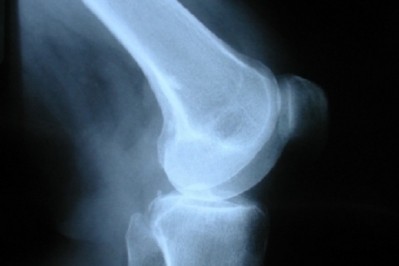Nitta Gelatin to open porcine gelatin plant
a gelatin plant in Fayetteville, North Carolina.
The company, a subsidiary of the Japanese firm of the same name, is investing $26 million in the construction of the new porcine gelatin plan, which will produce 3,000 ton a year and should benefit from its close proximity to the large pork processors in the state.
The facility will produce pharmaceutical and food grade gelatin for domestic and international markets and will be operational by the summer of 2006, according to Nitta Gelatin, who will own and operate the factory.
The company changed its name from Cangel on 1 January 2005. Its mother company is headquartered in Osaka, Japan, has five hundred employees worldwide and annual revenues of one-quarter billion dollars
Demand for gelatin is growing by 2-3 percent a year despite the BSE crisis and an increasing propensity - especially in the UK - towards vegetarianism, according to Ross Priebbenow, the CEO of Gelnex, the privately owned US company that produces pork and beef skin gelatin.
He said to FoodNavigatorUSA.com in November that although the BSE crisis had affected the pharmaceutical business, Europe had done such a good job of proving product safety that the overall impact was minimal.
One large area of growth is China, whose need for gelatin is rocketing as its diet becomes more westernized, according to Priebbenow.
Meanwhile, in terms of consumption of gelatin he saw yogurt in the States and confectionary in the EU as the biggest growth lines.
Pork and beef gelatin have different properties: pork skin gelatin is traditionally clearer and would be used for a gummy bear type product where the gelatin needs to be lighter. Beef skin gelatin, on the other hand, is more often used in food snacks and dairy products.
The pork skin gelatin generally sells at around $6-$6.50 a kilo, while beef skin gelatin sells at around $5.50 a kilo.












